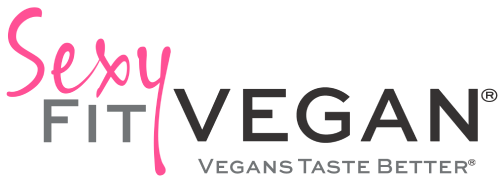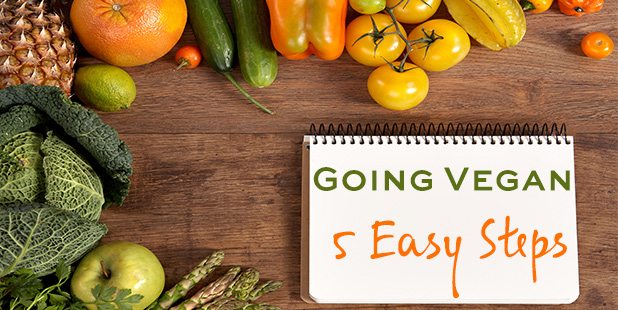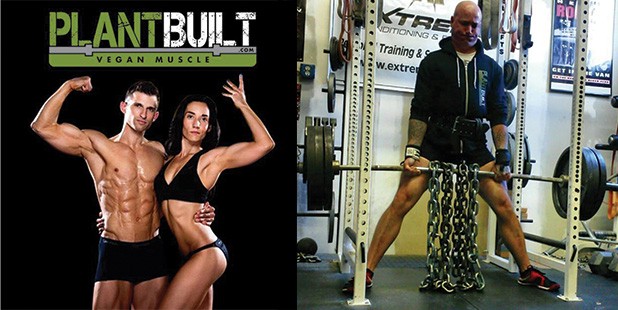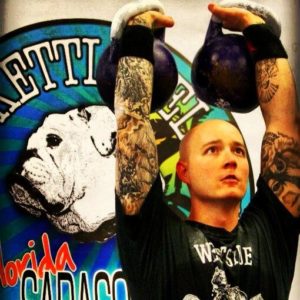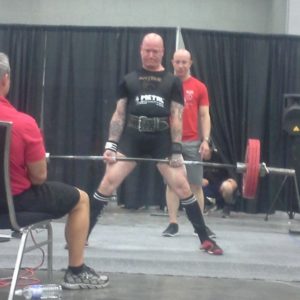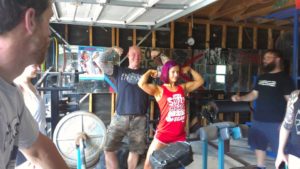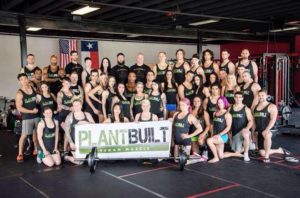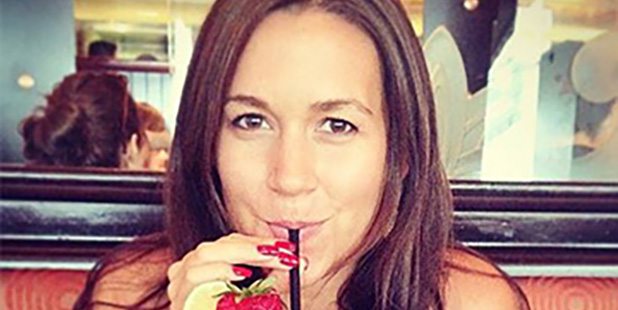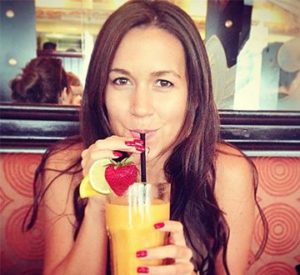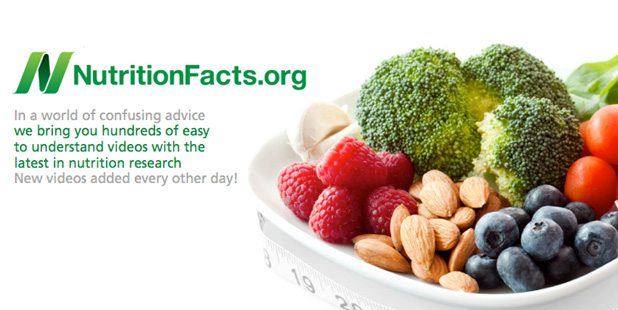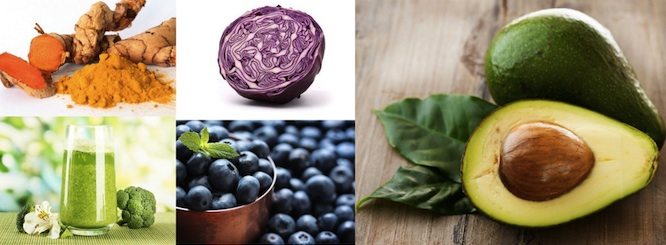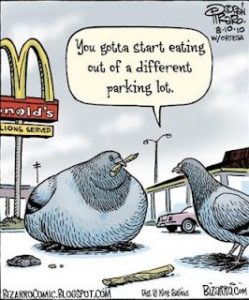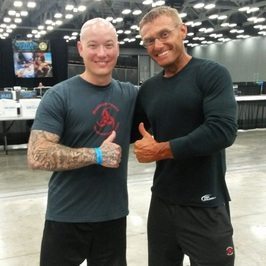
At the 2014 Naturally Fit Games with one of my vegan inspirations, and Plantbuilt Teammate, Robert Cheeke!
Learning how to take small, easy steps to go vegan, looking at it as a day-by-day transition, is the way to making the transition a success.
Since switching to a vegan diet plan I’d have to say that aside from the obvious “where do you get your protein from” question, what I hear the most are objections to why other people just can’t do it. Usually it’s too expensive, too hard, too restrictive; when in actuality it is none of these!
Keep in mind, I never tell people what they should or shouldn’t do. I am not one of the “on my soapbox” preachy vegans. Unfortunately there tends to be some negativity around the “v-word” which is one of the reasons I try to avoid it at all cost when talking with people who don’t follow a similar lifestyle. As soon as you say, “vegan”, many people immediately become defensive even though I never push my opinion on anyone.
Now, on the flipside of that, when people start arguments with me about why we need animal protein, how you can’t get strong or build muscle without it, and other caveman or apex predator nonsense, or try to convince me that there is such a thing as “humane slaughter” I will not hesitate in calling them on their B.S. and voicing my opinion. Particularly when the people that tell me they love animals are plowing through burgers in the same breath.
It took me some time to come around to the idea of adopting a vegan diet plan and actually make the change. In hindsight it really isn’t that hard. Not at all.
That being said, here are 5 simple steps to successfully adopting a plant-based diet. If you apply one step per day, you will be 100% plant-based in less than a week. If you apply one step per week, you will be 100% plant-based in just over a month. If you require the requisite 21 days to form a habit, then simply apply one step per month and you will be 100% plant-based in just under half a year.
The take-home point here is to focus on progress and not perfection. If you follow this approach you will be looking back and agreeing with me that the whole process is really very easy.
One important point to remember is calorie intake. You will have a very hard time trying to substitute a spinach salad for a 16 oz. steak or a plate of bacon and eggs. Be sure to swap animal-based dishes with plant-based dishes of similar caloric density.
Step 1 – Cut out all red meat.
Step 2 – Cut out all white meat.
Step 3 – Cut out fish.
Step 4 – Cut out eggs and dairy.
Step 5 – Start being aware of the hidden ingredients in foods, particularly baked goods that use butter, milk, and eggs; as well as the clothes you wear, products you use, etc.
Bonus! Step 6 – Volunteer your time with an animal rescue, shelter, or rehabilitation facility and give back to those living beings who are treated as commodities. Remember, they don’t have their own voice, if you truly love animals be the voice for them and support people and organizations who dedicate their lives to animal welfare.
Now that we’ve talked about what not to eat, check out what you can eat.
- Fruits. Spare me the “fruits are sugar and will make you fat” crap. It’s like my friend John “The Badass Vegan” Lewis says, “Fruit doesn’t make you fat. It’s that gluten-free brownie that makes you fat.”
- Vegetables.
- Greens.
- Oats, rice, and other healthy sprouted or whole grains.
- Nuts & seeds.
- Beans & legumes.
In spite of what many people would try to have you believe, it is 100% possible to not only survive, but to totally thrive and be healthy while following a 100% plant-based diet. You can excel as an athlete as well. There are far too many real world examples of this to believe anyone who tries to tell you otherwise.
You want strength and power? Look at strongman Patrik Baboumian and NFL defensive tackle David Carter.
You want physique? Look at professional bodybuilding champion Torre “Tha Vegan Dread” Washington and IFBB professional bodybuilder Jehina Malik. A side note – Torre has been vegetarian since birth and vegan for the last 16 years and Jehina has been vegan since birth!!!
You want endurance? Look at ultra runner Scott Jurek and ultraman triathlete Rich Roll.
You want a multi-sport athlete? How about ultra runner, bodybuilder, and long distance rower Austin Barbisch.
You want verification from plant-based Registered Dietitians? Look at Matt Ruscigno and Julieanna Hever.
If you want even more examples, look at my 40+ teammates on the Plantbuilt Vegan Muscle Team at plantbuilt.com and browse the numerous profiles at veganbodybuilding.com – the website started by the original vegan bodybuilder, Robert Cheeke!
Going vegan is easy. Much easier than you would think or that it’s made out to be. Make sure you are getting a lot of fresh, raw, plant-based foods in your diet, focusing on variety. This will ensure that you are getting the entire spectrum of vitamins, minerals, and enzymes that are abundant in plant foods. Throw in other steamed and cooked vegetables, healthy unprocessed grains, beans, legumes, nuts and seeds and you’ll be good to go! You will have all the macro- and micro-nutrients you need to be healthy and strong with your vegan diet plan.
Good luck and if you have any questions don’t hesitate to ask, I’m more than happy to help in any way I can!
-Scott
